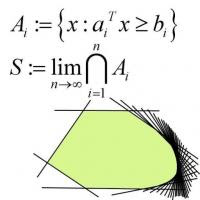The reserve price would be the price below which HDB would not be willing to sell, reflecting cost or cost-plus. Now, I would like to consider the simple situation where all sale transactions involve purchases from HDB. With that, let me compare "low supply" with "high supply". Suppose that allocation is done according to the "most reliable market signal" of willingness to pay. Now let us consider "low supply".
Of course, all flats are sold. Now consider "high supply".
Now, many more people can get a flat. Note that the surplus flat buffer allows for all flats to be sold at the reserve price. All viable demand is satisfied. One can see that some people without the means to pay still cannot get flats. Additional government measures may help more people to get flats, up to the flat supply. This has already been done through the creation of another housing market with a lower income ceiling. As for the rest who still fall through the cracks, I don't know. My sense is that a Singapore version of the New Deal could work.
Now, many more people can get a flat. Note that the surplus flat buffer allows for all flats to be sold at the reserve price. All viable demand is satisfied. One can see that some people without the means to pay still cannot get flats. Additional government measures may help more people to get flats, up to the flat supply. This has already been done through the creation of another housing market with a lower income ceiling. As for the rest who still fall through the cracks, I don't know. My sense is that a Singapore version of the New Deal could work.
I think the last diagram illustrates where I would like the public housing system to be. It better illustrates fulfilment of the first line of the HDB mission statement ("We provide affordable homes of quality and value"). In so far as this is a main objective of public housing, this is where we should be. HDB is doing well by ramping up supply.







No comments:
Post a Comment